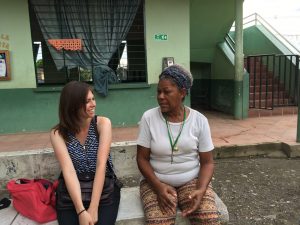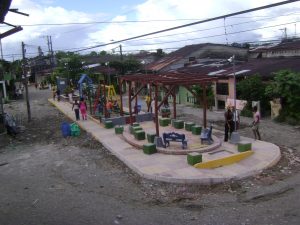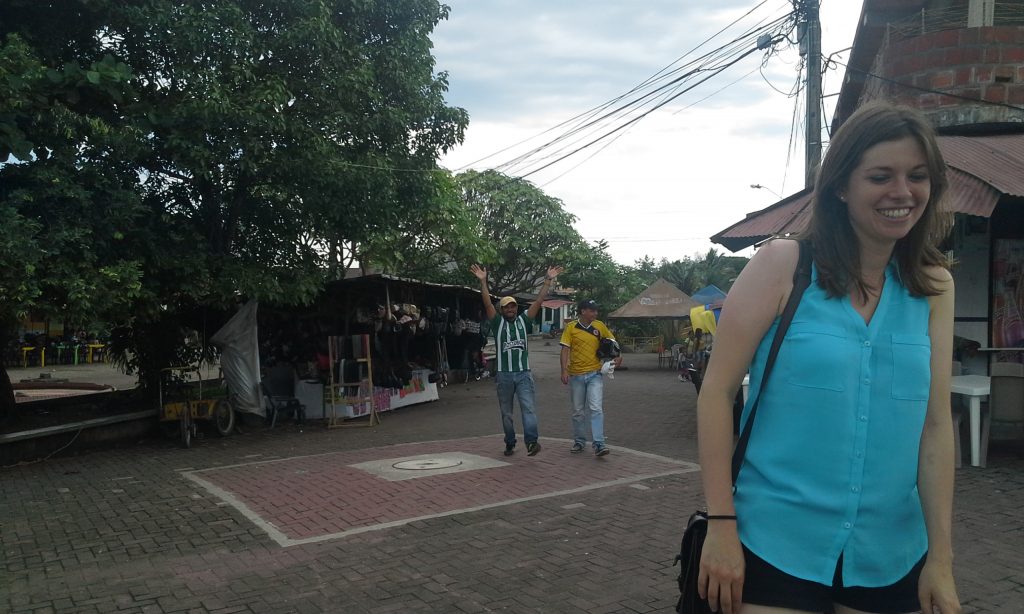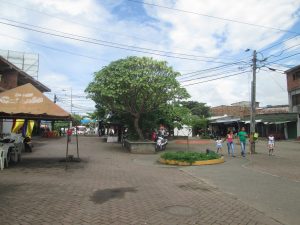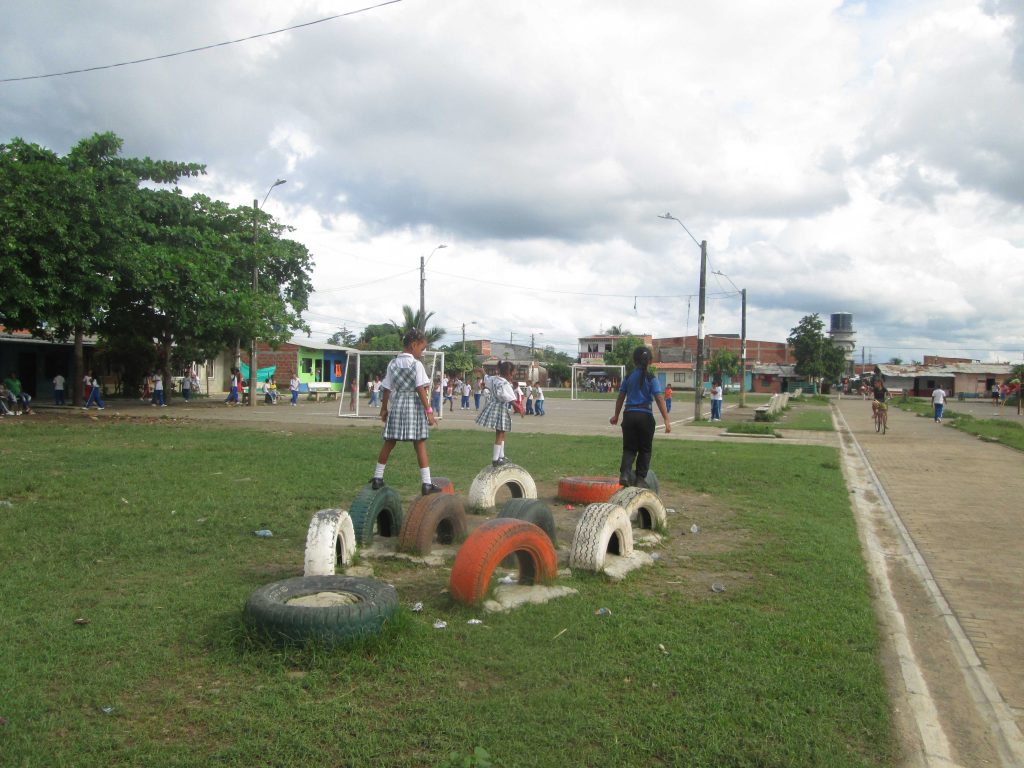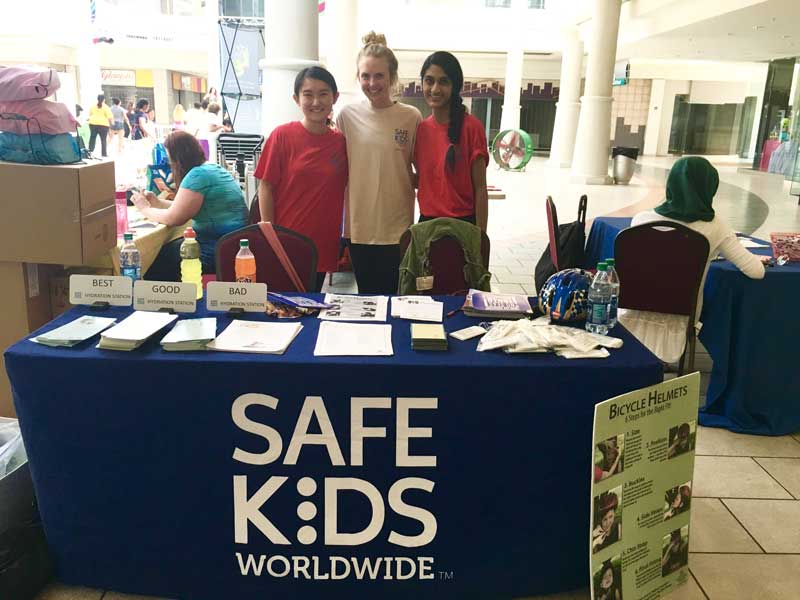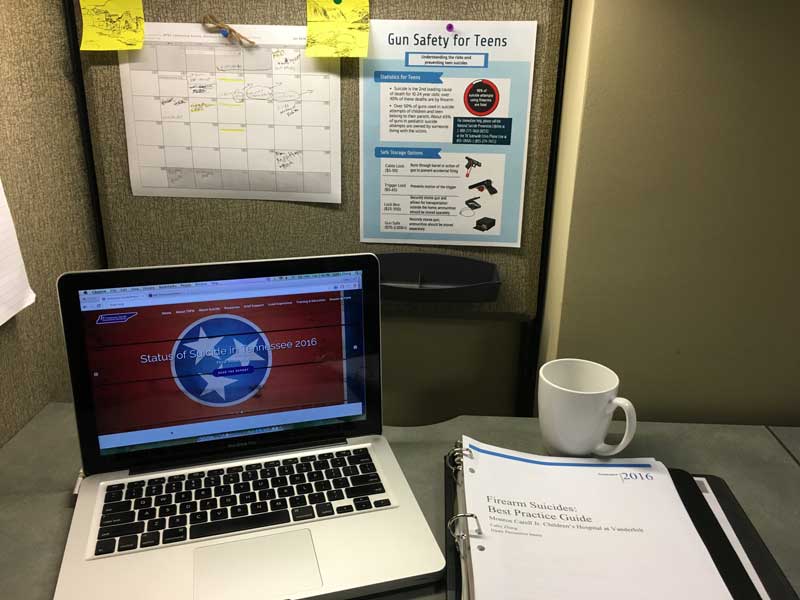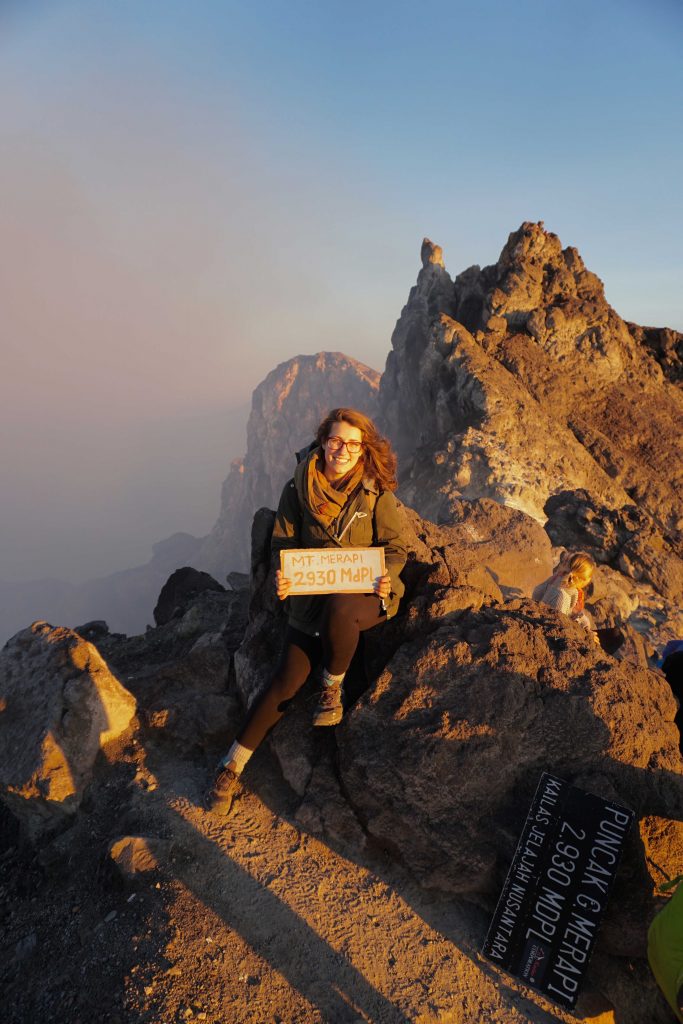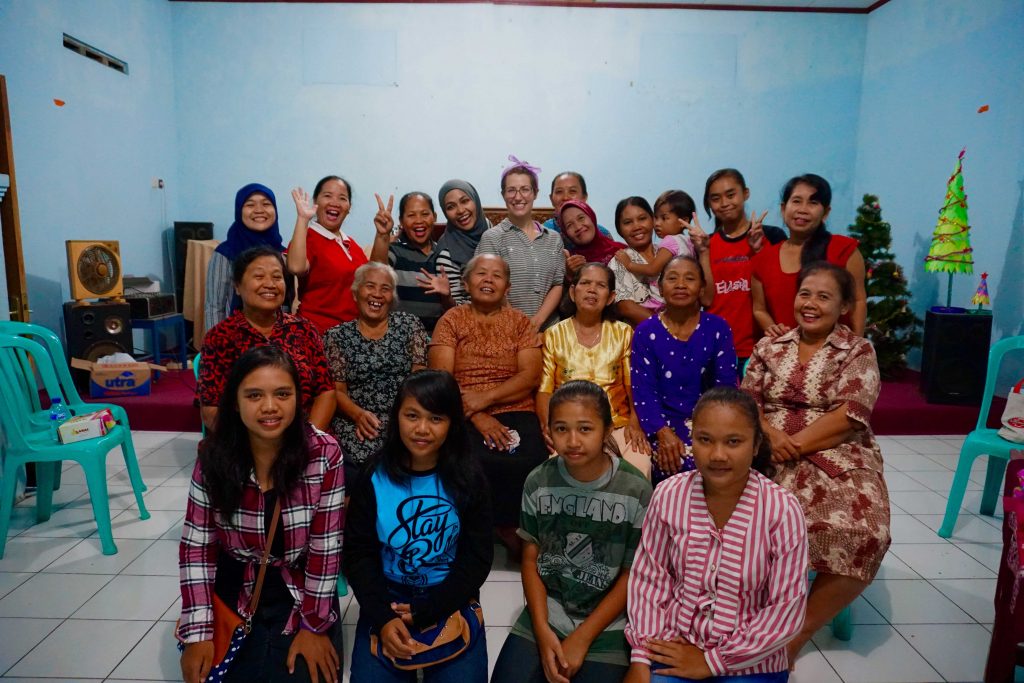Dr. Joseph Barber, Associate Director
You may not have been asked this specific question in a job interview. But fundamentally all interview questions are trying to help the interviewer to define your career competence. The National Association of Colleges and Employers (NACE) has recently highlighted the idea of career competencies and career readiness in a push to help colleges and universities work with their students in ways that encourage a successful transition from the academic environment to the workplace. That includes the process of moving from being a graduate student or postdoc to a being faculty member within academe, as well as entering into career fields in business, non-profits, government, and beyond.
You can view the NACE competencies here and read about how these competencies were developed through an interactive process involving both career services professionals and human resources/recruiting staff at more than 600 different employers. As such, they represent both what career services professionals should be helping graduate students and postdocs achieve (or at least talk about effectively), and what employers are broadly looking for in some of their ideal candidates.
I like the idea of competencies. They give people professional development goals to work towards. They help students and postdocs understand that it takes a wide diversity of skills to be successful in any work situation. They demonstrate that there are always news skills to be learned and new situations in which to apply pre-existing skills.
That said, I’m not sure I like the word “competency” as much — at least when thinking about the way graduate students and postdocs think about themselves. Unfortunately, much in the same way that the word “pedagogy” doesn’t find much love outside of academe (most people would call it “teaching”), the word “competency” doesn’t get much day-to-day use when it comes to the interactions that faculty members and students/postdocs have with one another. In fact, it can feel like a very foreign concept. No one has ever made an appointment with me to talk about their competencies.
One definition of competency I found online described the term as “the ability to do something successfully or efficiently.” As definitions go, it is a short one but not entirely helpful. Most people would probably agree that a competency is a positive attribute — something you want more of. No matter what you are doing, you will probably be better off if you are doing it more competently. However, you can’t make someone more competent just by giving them something like knowledge — there is no magical competency pill. A competency is something that needs to be practiced so that it can be used effectively in a wide range of appropriate situations, and at all the right times.
At Penn, we have been thinking about how the NACE competencies can be adapted for the different student and postdoc populations we serve through Career Services. We are considering how they might inform the future programming we develop as well as the way we work with students one-on-one with our advising. We are also thinking about how these career competencies have value to our colleagues in other student service offices on the campus as they work with students in their various capacities.
Here are the NACE career readiness competencies:
- Critical thinking and problem solving
- Oral/written communication
- Teamwork/collaboration
- Information technology application
- Leadership
- Professionalism and work ethic
- Career management
One of the first changes we made to this list at Penn was to integrate the idea of applying information technology into the other competencies rather than having it stand alone. We decided that telling students that it is important for them to use technology to accomplish a task and solve problems would likely trigger blank stares flavored with a distinct essence of disbelief. No one is going to sound cool and trendy telling students that using technology is important — especially since many may not actually know that there is any alternative. (And, yes, it is always important to sound somewhat cool and trendy to be seen as credible by some students — at least as cool and trendy as someone can who uses the words “cool” and “trendy.”)
We also added a “self-management and personal wellness” competency to emphasize concepts such as resiliency in the face of challenges, mistakes and failures. Students and postdocs should know that it is OK to make some mistakes, that failure often creates different opportunities, and that it is both professional and important to ask for help in pretty much any scenario.
Here are the career competencies we have developed so far:
Self-management and personal wellness. Build personal and professional development strategies and goals with a clear focus on effectively managing stress and balancing work/life commitments.
- Assess personal feelings and effectively keep emotions in perspective.
- Showcase empathy and understanding with others.
- Cultivate and foster habits of wellness to increase focus, productivity and impact.
- Develop and demonstrate resiliency within a professional setting and other stressful situations.
- Gain awareness of available wellness resources and support and ask for help when needed.
Active listening and effective communication. Accurately receive and interpret verbal and non-verbal messages from direct reports, peers, colleagues, and supervisors. Clearly and effectively articulate thoughts and to varied audiences in writing and in presentation.
- Adapt speaking approaches to suit different audiences.
- Communicate effectively and professionally through diverse channels (social media, emails, verbal communication).
- Express ideas in a coherent manner.
- Write/edit letters, position papers, proposals, web content and complex technical reports clearly and effectively.
Critical thinking and problem solving. Exercise sound reasoning to analyze issues, make decisions, overcome problems, address ambiguity and find relevant information.
- Obtain, interpret, and use knowledge, facts, and data to resolve problems.
- Demonstrate creativity, originality and inventiveness.
- Easily adapt new technologies and applications to address work challenges and apply computing skills to solve problems.
Teamwork and collaboration. Build collaborative relationships with colleagues and clients representing diverse cultures, races, ages, genders, religions, lifestyles, disciplines, and viewpoints.
- Assume various roles within a team structure.
- Effectively manage and negotiate different personalities in order to reach a common goal.
- Understand how to problem solve when encountering challenging workplace dynamics.
Leadership and project management. Develop professional, working relationships with colleagues, peers, and supervisors/advisors, and leverage the strengths of others to achieve common goals.
- Develop a strategically conceptualized plan to identify and achieve goals.
- Utilize interpersonal skills to coach, develop, motivate and gain buy-in from others.
- Organize, prioritize and delegate work.
- Identify opportunity areas to more successfully achieve goals.
- Leverage diverse talent pool to maximize team results.
Professionalism and work ethic. Demonstrate personal accountability and effective work habits (e.g., punctuality, working productively with others and time/workload management), and understand the impact of non-verbal communication on professional image.
- Demonstrate integrity and behave ethically.
- Make responsible decisions that consider the interests of the larger community.
- Assume responsibility when mistakes are made and learn from them in future situations.
- Communicate with colleagues in language appropriate for the work. environment and suitable for a diverse environment.
- Go above and beyond to make positive impressions.
- Understand data privacy and security issues particular to the workplace.
Career Management. Identify and express one’s skills, strengths, knowledge and experiences relevant to both the desired position and career goals, and identify areas necessary for professional growth.
- Assess current role and how it will lead to future prospects.
- Understand and take necessary steps to find and pursue opportunities.
- Articulate impact on workplace by effectively communicating and illustrating skills, competencies, knowledge and experiences.
- Self-advocate for professional development and advancement.
- Understand current industry’s market and relationship to the overall economy.
Many higher education institutions have developed their own customized competencies for their students, and we hope that this approach at Penn will be similarly helpful for us as administrative staff as well as to the students and postdocs we serve. It is clear that the role of career advisers is not necessarily to assist them in gaining all of these competencies. Many fall outside of the reach of a career services office. But we can certainly play a key part in helping students and postdocs understand the importance of these traits from the prospective of employers, to point them towards experiences that help them develop and practice these competencies, and perhaps most important, to help them be able to communicate the competencies they do have in clear, illustrative and relevant ways during their job search and career development. I will describe possible ways to gain and then demonstrate some of these competencies in a future post.


